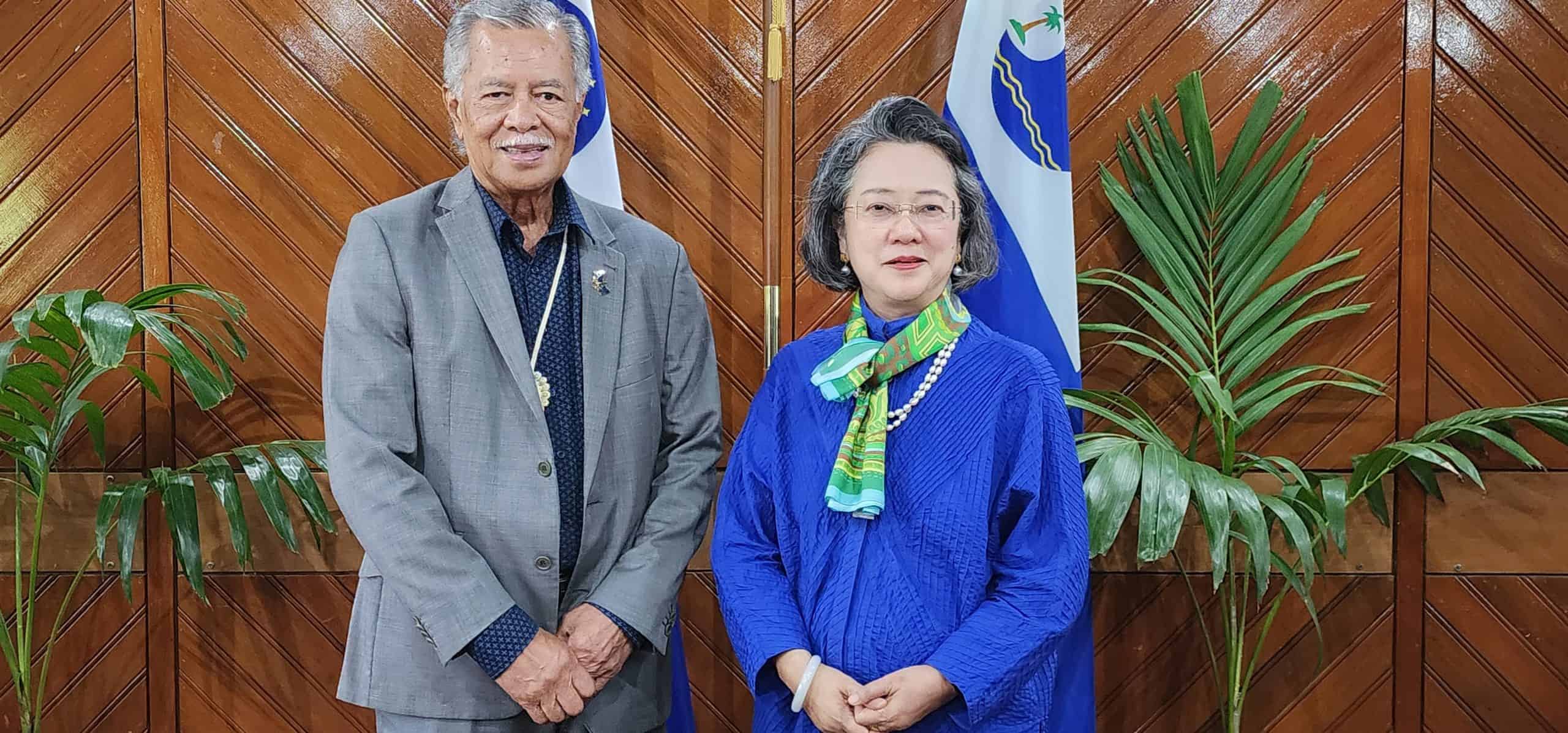FANALEI. A 2-kilometre-wide island in the Solomon Islands. Once home to 500 people. Now, almost empty. The reason a young student and her peers are taking on the world.
Just over 2000 kilometers away, a man in his late 30s sits surrounded by acres of the lush greenery of a sugarcane farm that fed two generations of a sprawling clan. But at his turn at the tiller of life, the income from sugar is so poor that he has started a second, home-based building business to support his family, while his wife works . . .
Please Subscribe to view full content...
